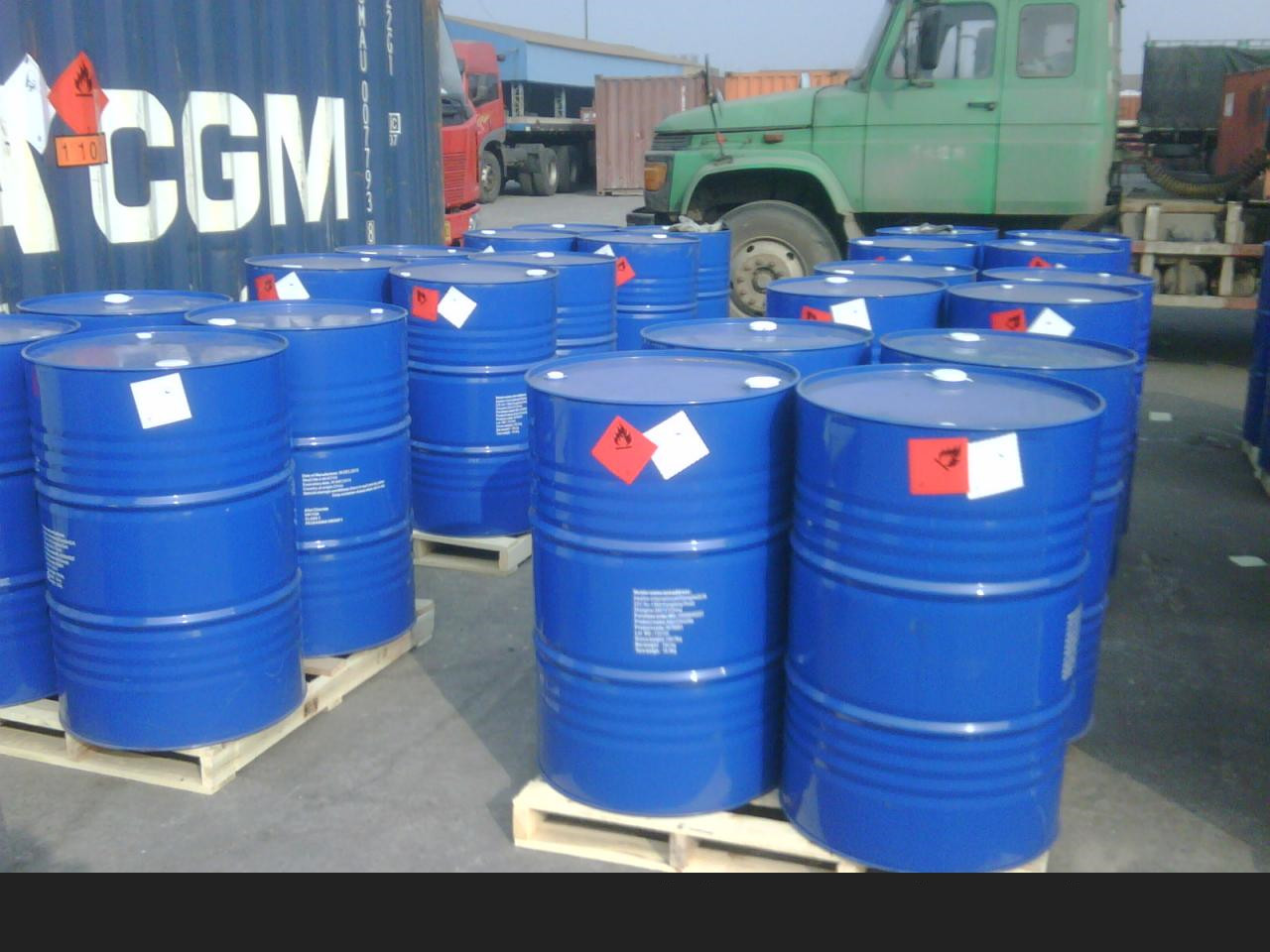How to promote winter fish activity and appetite
Nowadays it has entered the cold winter, how to enhance the activity of fish growth in winter, and stimulate and increase the appetite of fish is a matter of great concern to the farmers. In general, fish in the winter have poor activity and slow growth, which directly affects the economic returns of farmers. The “Kuan Kung†winter warming material that has been put on the market has solved this problem in time. The product is made by processing the plant warming hormone on the basis of traditional full-price fish feed. It is a pure natural green feed additive developed by many famous nutrition experts after years of research and experiments. It is a physical enhancer. Can speed up the metabolism of fish, make the fish from the lazy cold state to warm love activity state. The research object is the bottom fish whose water temperature is about 5°C, which is mainly aimed at the activity, appetite, absorption and transformation of fish in winter. Plant hormones are fed at extremely low temperatures, and the fish eat as usual, but only slightly less than usual (about 70%-80% of the time). Tests were conducted for three consecutive years at Yuanjiahu Fisheries, Wangjiahu Fisheries, and Tianxia Fisheries Special Aquaculture Base in Lianghe Town, Dangyang City, Hubei Province. The results were fish that did not feed or were fed with common feeds in winter. The weight loss was more than 150 grams per tail. 25 grams - 40 grams, and feed with "Kuan" feed, until May of next year, 150 grams -200 grams of fish can be more than 500 grams per tail. At present, the main feed products for winter include: winter catfish special feed, winter grass carp special feed, winter catfish special feed, winter mixed fish feed, winter carp special feed. The company can also design a variety of special aquatic feed as needed. Plant warmer is divided into powder and liquid. In feed mills, powdery warmers can be added to the feed at 1%. When using general feed, no matter what feed, just spray the warm liquid onto the feed and feed it three hours later. The effect is the same. In addition, when the feed is generally stacked, the feed is easily melted and dissolves quickly after feeding. The product has taken a series of measures, such as the rational use of special adhesives, improved production processes, etc., to prevent the rapid dissolution of feed in water, so that the soaking time of feed in water is extended to 10 minutes to 15 minutes. Through the experiments and comparisons in recent years, the economic benefit of the “Guangong†winter-warming material fed in winter is very significant. From November to next May, the average net profit per acre is more than 1,000 yuan more than that of the equivalent aquaculture water in the summer. If marine aquaculture is used, saving and warming can increase tens of thousands of benefits. Epichlorohydrin (ECH)
Epichlorohydrin, 3-Chloro-1, 2 - epoxypropene, chloropropylene oxide ,ECH .
Molecular Formula: CH2OCHCH2Cl, C3H5OCl
ITEMS
GUARANTEED SPEC
PURITY% (m/m)≥
99.9
DENSITY g/cm3
1.180-1.183
COLOR(pt-co)≤
10
MOISTURE%(m/m)≤
0.05
Epichlorohydrin (Ech),Epichlorohydrin 106-89-8,99.9% Epichlorohydrin,High Quality Epichlorohydrin Shandong Tiancheng Chemical Co., Ltd. , https://www.tianchengchemical.com
Properties: It is a volatile, unstable colorless liquid with irritating odor similar to chloroform and ether. Molecular weight is 92.85, density, 1.1806g/cm3, boiling point, 116.11°C, freezing point, -57.2°C, refractive index (nd20), 1.4382, flash point (open cup), 40.6°C, and ignition point, 415°C. It is slightly soluble in water, miscible with many organic solvents, and able to generate azeotrope with a variety of organic liquids.
Main Applications:
Epichlorohydrin is an important organic industrial chemical and a chlorine-consuming product in fine chemicals, mainly for producing epoxy resin, synthetic glycerin, epichlorohydrin rubber, nitroglycerine explosives, glass fiber reinforced plastics, and electrical insulation products, which are widely used in the chemical industry, light industry, transportation, medicine, electronics and other fields. It also can be used as solvent for cellulose ester, resin, and cellulose ether, and the raw material of plasticizer, stabilizer, surfactant, and chloroprene rubber.
Toxicity and Protection: It is highly toxic, absorbed through the skin, and irritating to skin and mucous membranes. In higher concentrations, it has the function of narcotism. When poisoning occurs, there will be eye irritation, conjunctivitis, rhinitis, lacrimation, cough, fatigue, gastrointestinal disorders, nausea and other symptoms. Serious poisoning may lead to anesthesia or even lung, liver or kidney damages. Lethal concentration of human beings is 20ppm. Lethal dose of rat is 5090mg/kg. The maximum allowable concentration in air is 5ppm (18mg/m3). Production equipment needs to be closed, air, circulating, and the operator, wear protective equipment. In addition, due to intense auto polymerization, epichlorohydrin can not be heated in the fire in case of container burst. As for reaction as reagent, it is appropriate to be diluted with inert solvent and slowly added.
Packaging, Storage and Transport:
As ferric chloride or stannic chloride can promote auto polymerization, epichlorohydrin should be stored in dry, clean iron barrel, 200kg each, and kept in a cool, ventilated, and dry place, away from fire and heat. Store and transport in accordance with the provisions of flammable toxic substances.
EPICHLOROHYDRIN SPECIFICATION DATA SHEET

